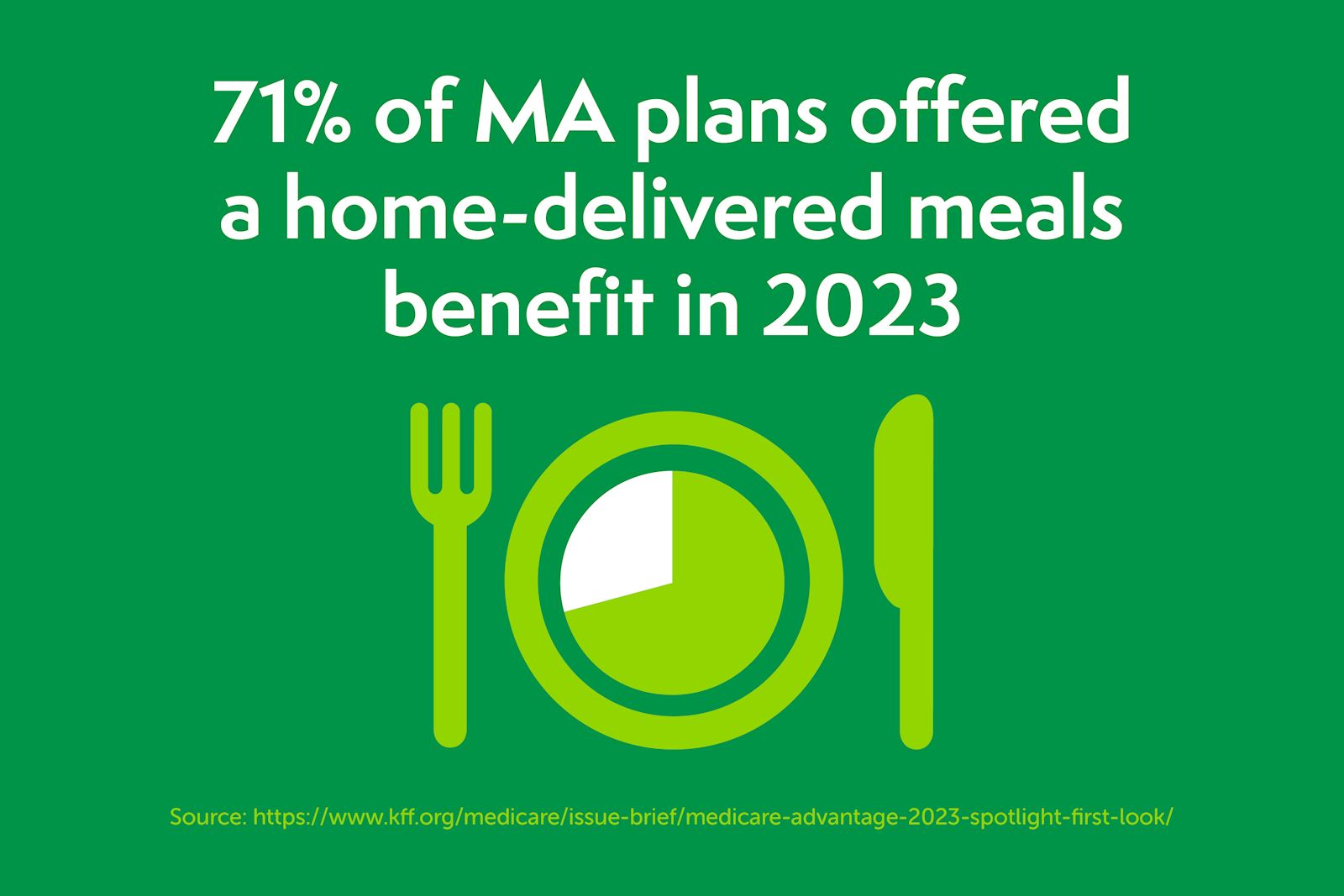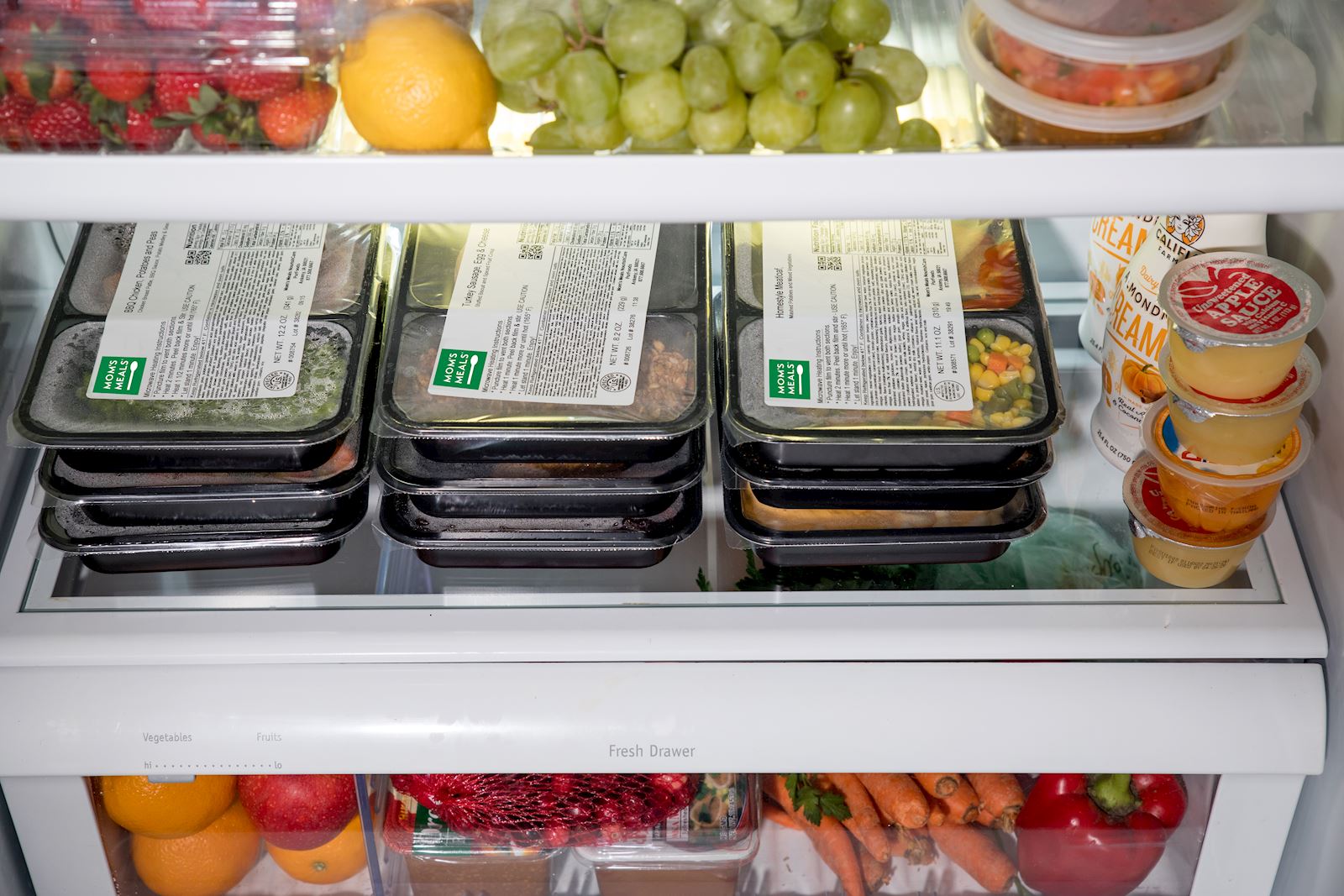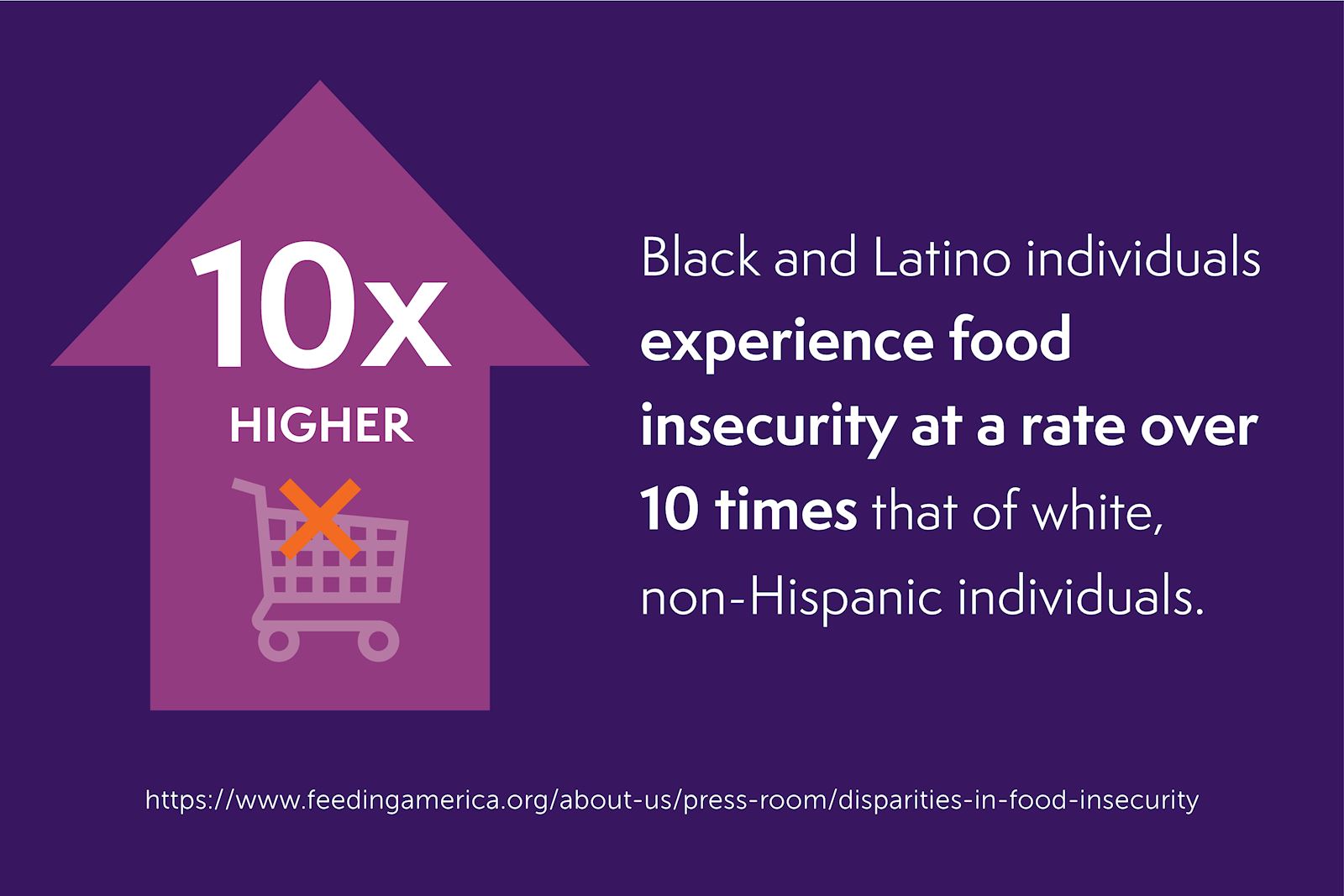Most health plans are busy working on 2025 Medicare Advantage (MA) benefit design. A big focus for many of them is how to use food and nutrition benefits to help members manage chronic conditions by offering home-delivered meals. The emphasis on food and nutrition benefits is, in part, a result of the focus on social determinants of health (SDOH) and health equity by the Centers for Medicare and Medicaid Services (CMS) and the current administration.
The emphasis on food and nutrition benefits is, in part, a result of the focus on SDOH and health equity by CMS and the current administration.
Special Supplemental Benefits for the Chronically Ill (SSBCI)
In 2019, CMS issued a memo to MA plan sponsors detailing new benefits that may be offered to enrollees with chronic conditions. It defined the scope under a new category of supplemental benefit called SSBCI. Filing a benefit under SSBCI allows health plans to try new, flexible benefit designs for members with chronic conditions.
SSBCI adoption rates have grown rapidly. Between 2020 and 2022, three times as many plans offered the SSBCII benefit in 2021, compared with 2020, and four times as many in 2022. Those statistics reinforce how important nutrition benefits are to both health plans – and their members.
New data: Research supports value of home-delivered meals
Data from a Tufts University study published in JAMA Network Open provides even more support for offering nutritional benefits. The study shows two impactful outcomes of offering medically tailored meals to seriously ill people. They can:
- Save the health care industry almost $13.6 billion in costs every year from an insurer perspective
- Avoid 1.6 million hospitalizations annually
3 ways to improve access to nutrition
How can health plans offer food, nutrition, and home-delivered meals to members? Here are three approaches MA health plans are using right now:
1. Adding chronic care meal benefits
Research shows that a chronic care meals program can lower total cost of care for members by up to 40%. Post-discharge meals are critical for helping members avoid a readmission.
Combining a post-discharge and a chronic care meals program is powerful way to lower utilization and costs associated with emergency department (ED) visits and inpatient (IP) care. Health plans are taking note of both approaches. In 2023:
- 71% of MA plans and 73% of Dual Eligible Special Needs Plans (D-SNPs) offered a home-delivered meals benefit usually as a short-term post-discharge program of support.
- 7% of MA plans offered a home-delivered meals benefit filed as an SSBCI benefit. Most often members received a program of 12-weeks of home-delivered meals to help them manage a chronic condition and avoid problems that could cause ED visits and IP stays.
Some plans are incorporating meal benefits into disease management or care/case management programs to allow clinicians to help members who are struggling with chronic conditions and food access challenges. When meals are added under disease or care management programs, health plans can typically use medical dollars to pay for the benefit versus rebate dollars that are usually used to pay for supplemental benefits.
2. Offering flex cards
Some health plans are using flex cards to improve access to food and fresh produce for members with chronic conditions. Members are given a flex card loaded with a monthly allowance that they can use to buy healthy foods or produce at local grocery stores or through selected online retailers. In 2023, 15% of MA plans offered a food or produce benefit that was filed as an SSBCI benefit separate from their meals benefit.
Most often flex card benefits are refillable value cards with money allotted to purchase groceries on a monthly or quarterly basis. What members can purchase with the flex cards varies by plan. Flex cards are easy to operationalize and attract prospective and renewing members.
3. Using affinity programs and incentives
Besides filing for SSBCI benefits, health plans are using creative ways to make home delivered meals available to members:
- Affinity or Value-added Items and Services (VAIS) programs can provide access to meals for self-payment to health plan members using a credit card or a flex card
- With incentive programs, health plans offer home-delivered meals or food to encourage members to complete an action or close a care gap
- Health plans can support members with acute needs — such as those with serious health concerns — so they can remain safe and healthy
- Under a Value-based Insurance Design (VBID) plans help members manage chronic conditions

Mom's Meals® can help
Discover how to maximize your MA plan design by incorporating medically tailored, home-delivered meals benefits with our Guide for Medicare Advantage Plan Product and Clinical Teams: Improving Outcomes and Star Ratings Through Food and Nutrition Benefits Design.



